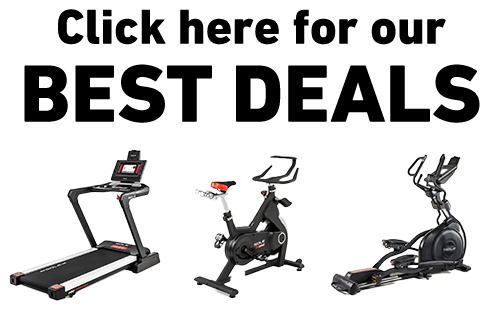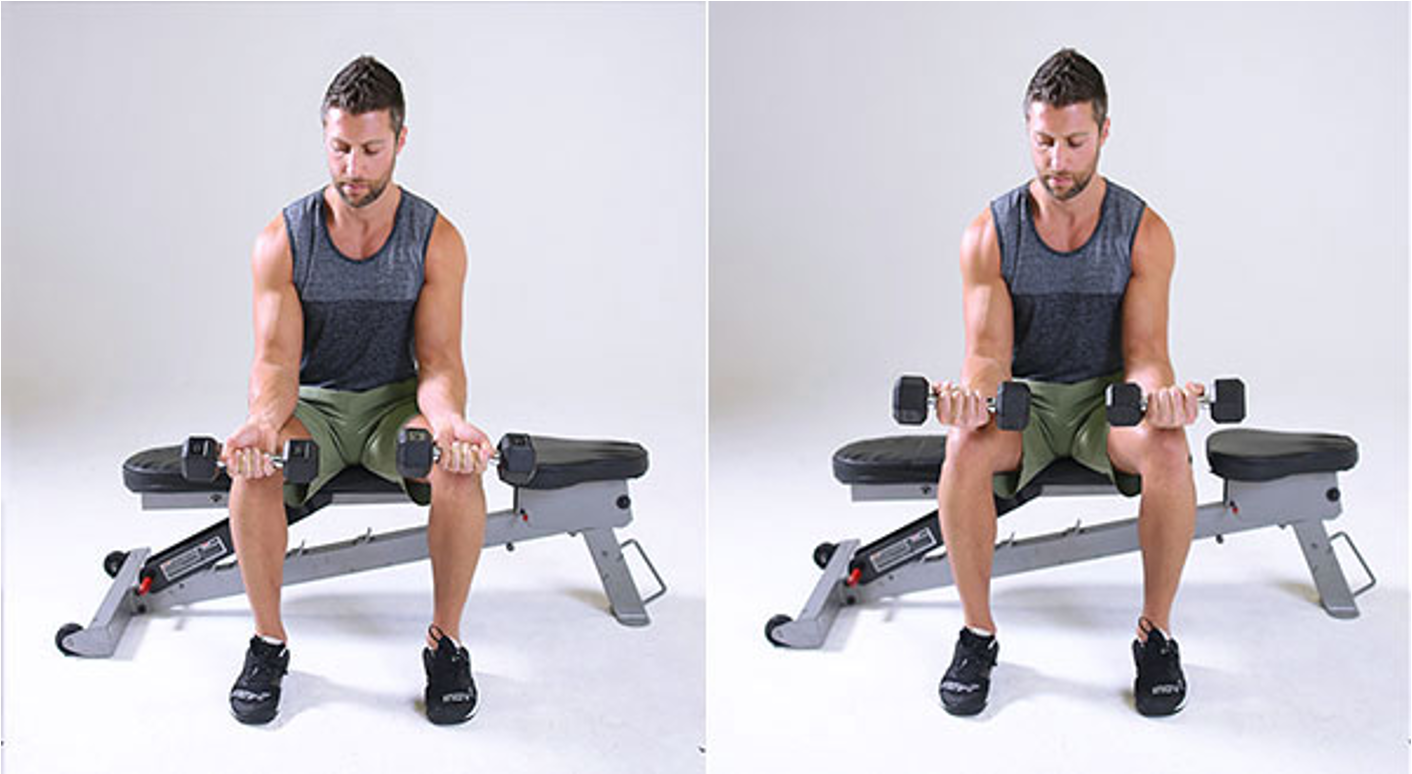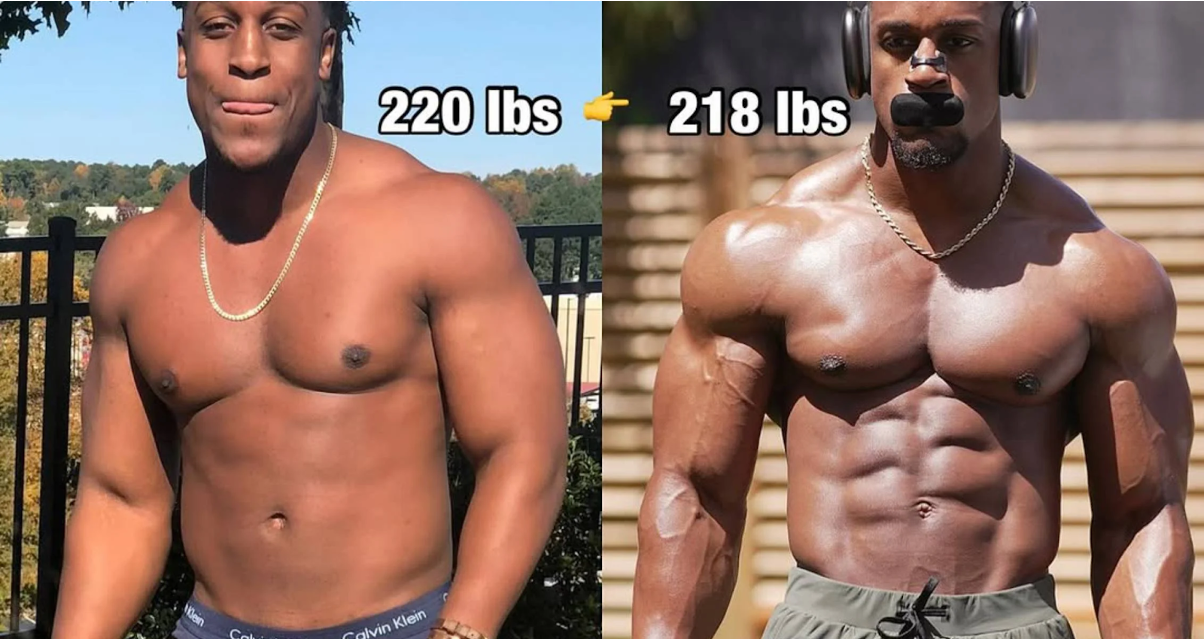Key Takeaways
- Strong forearms boost your grip strength, improve overall lifting performance, and help prevent common wrist injuries.
- Dumbbell wrist curls target flexor muscles and form the foundation of solid forearm development.
- Reverse wrist curls strengthen the often-ignored extensor muscles for balanced development.
- Farmer's walks deliver functional, full-body benefits while building serious grip endurance.
- SOLE's adjustable dumbbells transform forearm training by providing precise weight progression from 5–80 pounds in one compact set.
Forearm Strength: The Missing Link in Your Fitness Journey
Your forearms are the gatekeepers to upper body strength. Think about it, no matter how strong your back, chest, or shoulders get, if your grip gives out, the exercise stops. Tons of people hit plateaus not because their target muscles failed but because their forearms couldn't hold on long enough to challenge those muscles properly.
Even though forearms play this huge role, most people skip them entirely or save them for "when I have time" (which never happens). This creates a major weak link in your fitness chain. The good news? With just a pair of dumbbells and the right exercises, you can build impressive grip strength and forearm development without leaving your living room.
|
At SOLE, we're proud to offer the best exercise equipment for your home or gym. Our machines are built to meet the highest quality and performance standards, making them perfect for fitness enthusiasts at any level. SOLE Products
|
Why Most People Have Weak Forearms & Why It Matters
Let's face it, modern life doesn't challenge our grip strength at all. Our ancestors climbed, carried heavy stuff, built things, and basically used their hands for everything. Today? We tap screens and click keyboards. The result is forearms that only reveal their weakness when we try to do something physical.
Daily Activities Limited by Poor Grip
Weak forearms affect way more than just your gym performance. Ever struggled to open a pickle jar? Had trouble carrying all your shopping bags in one trip? Even felt awkward about your handshake? These everyday activities all need functional forearm strength.
As we get older, grip strength becomes even more important.
Because grip strength correlates with overall physical capability and can even predict potential health issues, forearm training becomes important beyond just looking good or lifting heavy.
How Weak Forearms Sabotage Your Other Lifts
Your body won't let you lift more than your weakest link can handle—it's that simple. When you're doing pulling exercises like rows, pull-ups, or deadlifts, your bigger muscle groups might have plenty left in the tank, but your forearms tap out and force you to stop. This early failure means your target muscles never get the full workout they need to grow stronger.
Forearm Strength & Injury Prevention Connection
Strong forearms do more than help you lift heavier, they protect you from common wrist and elbow injuries. The muscles in your forearms directly support your wrist joint, and when they're weak, the smaller tendons and ligaments take on too much stress. This matters even more if you work at a computer all day, since typing with weak forearms can lead to problems like carpal tunnel syndrome.
Dumbbell Wrist Curls: The Foundation of Forearm Development
The dumbbell wrist curl directly hits your flexor muscles, which run along the inside of your forearm and handle all your gripping and squeezing.
Proper Form to Maximize Results
Sit on a bench or chair with your feet flat on the floor. Rest your forearms on your thighs with your wrists hanging just past your knees, palms facing up. Hold a dumbbell in each hand with a full grip.
Let your wrists extend all the way down until you feel a good stretch in your forearms. Then, without moving your forearms at all, curl your wrists up as far as they'll go, really squeezing at the top. Lower back down with control, don't just let gravity do the work. Keep breathing naturally throughout; exhale when you curl up, inhale on the way down.
Common Mistakes That Kill Your Gains
The biggest mistake is using momentum instead of controlled movement. When you swing the weight or let your biceps help out, you steal the tension your forearms need to grow.
Another common screw-up is cutting the range of motion short; make sure you get that full stretch at the bottom and complete squeeze at the top of each rep.
Also, don't rush through your reps. Forearm muscles love time under tension. Try counting to two at the top of each curl and again at the bottom. This slower pace forces more muscle fibers to work and creates better growth stimulus.
Variations to Hit Different Parts of Your Forearms
Once you've got the basic wrist curl down, you can mix things up to target different forearm areas. Try using a hammer grip (thumbs pointing up) to shift focus to your brachioradialis muscle, or do the exercise one arm at a time for better focus and range of motion.
Reverse Wrist Curls: Building Complete Forearm Balance
While regular wrist curls hit the flexor muscles on the inside of your forearm, reverse wrist curls work the often-forgotten extensor muscles on top. (Image courtesy of Inspire US)
Step-by-Step Technique Guide
The setup for reverse wrist curls is almost identical to regular wrist curls, just with your palms facing down. Sit comfortably with your forearms on your thighs and wrists hanging just past your knees. Hold the dumbbells with palms facing the floor.
Let your wrists flex down completely, then raise them as high as possible by extending at the wrist. The movement should come only from your wrist joint, your forearms stay glued to your thighs. Shoot for 3 sets of 12–15 reps, focusing on quality over quantity.
Keep your movements slow and controlled. People often rush through reverse wrist curls because the position makes the weight feel heavier. Better to use lighter weights and nail the form than to go heavy and strain your wrists.
Why This Exercise Prevents Common Problems
Your extensor muscles (the ones reverse wrist curls target) are naturally weaker than your flexors but play a huge role in wrist stability. When you strengthen these muscles, you create balanced tension across the wrist joint.
This balance helps prevent issues like tennis elbow that often come from overactive flexors and weak extensors.
Farmer's Walks: The Ultimate Functional Forearm Builder
Farmer's walk takes the everyday task of carrying heavy stuff and turns it into a powerful strength builder. (Image courtesy of Dmoose)
How to Perform This Dead-Simple Exercise
Grab a pair of dumbbells, ideally the heaviest you can safely handle, and hold them at your sides with straight arms, palms facing your body. Stand tall with shoulders back and core tight.
Now just walk forward with controlled steps for 30–60 seconds or a set distance. The goal is to keep holding those weights without setting them down. Focus on keeping your shoulders pulled back and down, don't let yourself hunch forward under the load.
While this sounds easy, you'll quickly feel the challenge as your grip starts burning. That burning sensation means the exercise is working exactly as intended. Each step creates small shifts in the weight that your grip has to constantly adjust for, giving you a dynamic challenge that static holds can't match.
Benefits That Go Way Beyond Forearms
Farmer's walks don't just build killer forearms, they strengthen your entire body as one unit. Your core works overtime to keep your spine stable, your traps and shoulders fight to maintain posture, and your legs drive the movement. This makes it one of the most bang-for-your-buck exercises you can do.
This exercise also builds incredible grip endurance, which often matters more than pure grip strength. Most daily activities need you to hold things for time rather than squeeze with maximum force; think holding tools, carrying items across distances, or maintaining form during longer workout sets.
Making It Harder Without Heavier Weights
Don't have access to heavy dumbbells? No worries. You can make farmer's walks harder without adding weight by:
- Walking for a longer time or distance
- Wrapping a towel around the handles to make gripping harder
- Walking on uneven surfaces for extra stability challenge
- Periodically squeezing the dumbbells as hard as possible for 5-second bursts during your walk.
That last one creates tremendous forearm tension even with moderate weights.
Build Unbreakable Grip with SOLE's Adjustable Dumbbells
Ready to turn those weak handshakes into grip strength that commands respect? SOLE's adjustable dumbbells are absolutely perfect for the progressive forearm training these exercises require.
The SW180 Adjustable Dumbbells give you the exact weight progression needed; start with just 5 pounds for those wrist curls, then gradually increase as your forearms adapt. No more buying multiple pairs of light dumbbells that clutter your space.
What makes SOLE ideal for forearm training is the quick weight adjustment. You can start farmer's walks with heavier weights (maybe 40–50 pounds), then instantly dial down to 10–15 pounds for wrist curls without interrupting your workout flow.
This is huge because forearm muscles fatigue fast, and being able to adjust on the fly keeps your training efficient.
For those just starting out or with smaller hands, the SW155 Adjustable Dumbbells offer a more compact option that still covers all the weights you'll need for years of forearm development. The balanced weight distribution means no awkward wobbling during wrist curls; just smooth, controlled movement that maximizes muscle engagement.
Add the SOLE Equipment Mat and you've got a slip-resistant surface that protects your floors while giving you a defined training space. The SOLE+ app even includes grip strength workouts and proper form videos for all these exercises.
Ready to build forearms that match your upper arms? Check out the SOLE equipment collection today!
Frequently Asked Questions (FAQ)
How often should I train my forearms for best results?
Forearm muscles recover pretty quickly compared to bigger muscle groups, so you can train them more often. For most people, 2–3 dedicated sessions per week hits the sweet spot between stimulus and recovery.
If you're also doing other grip-heavy exercises like deadlifts or pull-ups in your regular workouts, schedule your forearm training on different days to ensure full recovery. Listen to your body: if your forearms feel constantly tired or your grip is getting weaker, you need more recovery time.
What weight dumbbells should I use for forearm exercises?
Start lighter than you think—forearm isolation exercises make even small weights feel heavy. For wrist curls, most men should begin with 5–15 pounds and women with 3–8 pounds. For farmer's walks, pick weights that challenge your grip within 30–60 seconds but still let you maintain good posture throughout.
The right weight lets you complete all prescribed reps with perfect form while feeling significant fatigue in the last 3–4 reps of each set. When you can finish all sets and reps with good form and minimal fatigue, increase the weight by 2–5 pounds.
Can I build strong forearms without specialized equipment?
Absolutely! While dumbbells provide convenient, measurable resistance, many effective forearm exercises need minimal or no equipment. Fingertip push-ups, hanging from a pull-up bar with a towel, rice bucket training (plunging your hands in uncooked rice), and even squeezing a tennis ball can all build forearm strength effectively.
For resistance similar to dumbbells, filled water bottles, books, or other household items work great. The key is creating resistance your forearm muscles have to work against, regardless of what tool you use.
Why do my forearms fatigue so quickly during these exercises?
Quick forearm fatigue is totally normal, especially when you first start training them specifically. Forearm muscles have more slow-twitch, endurance-oriented muscle fibers compared to many other muscles. These fibers are built for sustained, lower-intensity work rather than brief, powerful contractions.
Plus, most people have never specifically trained their forearms, so these muscles lack the conditioning of more frequently used muscle groups.
Are SOLE's adjustable dumbbells good for the light weights needed in forearm training?
This is actually where SOLE's adjustable dumbbells really excel! The SW180 adjusts all the way down to 5 pounds, which is ideal for those brutal wrist curl sets. Even experienced lifters often need to start with 10–15 pounds for isolated forearm work, so having that lower range is crucial.
The real game-changer is how quickly you can adjust between exercises. In that 10-minute routine, you might use 10 pounds for wrist curls, 5 pounds for reverse curls (they're always harder!), then jump up to 40–50 pounds for farmer's walks.
With fixed dumbbells, you'd need like 6 different pairs cluttering your space. With SOLE, it's just a quick dial turn between exercises.




Leave a comment
This site is protected by hCaptcha and the hCaptcha Privacy Policy and Terms of Service apply.